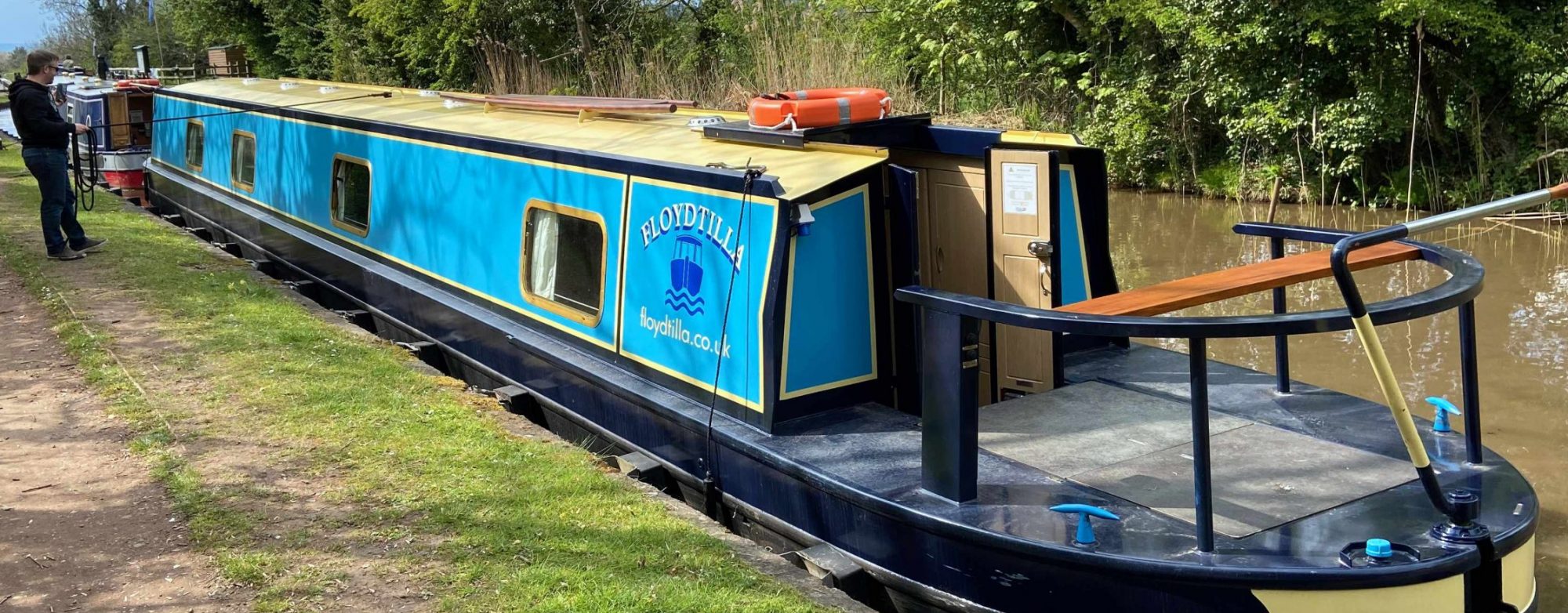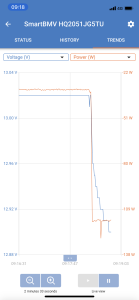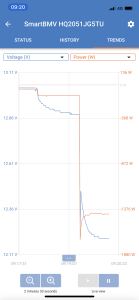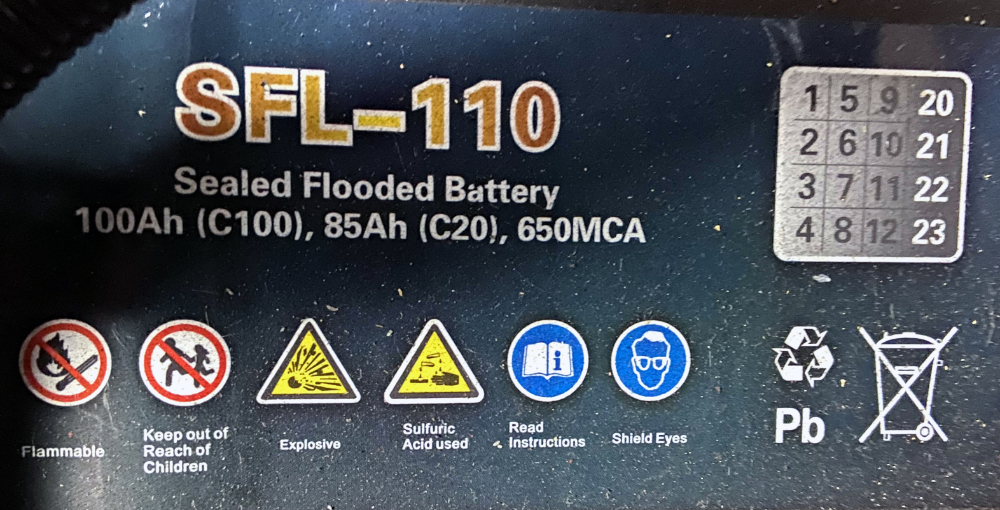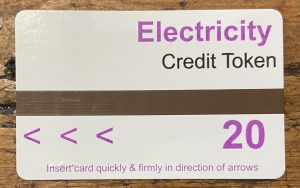If you can afford the initial outlay, there are lots more battery options available that just the original wet Lead Acid batteries, with many variations on the discharge capacity limits. Lithium based batteries for example have almost 100% of the battery’s capacity available, while our wet Lead Acid are limited to just 50% usable capacity.
Lead Acid Types
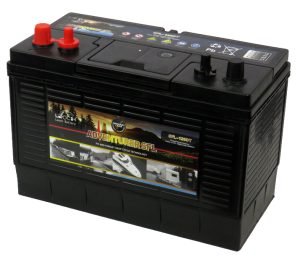
Wet Cell / Flooded – This is the most basic battery type of battery with lead plates suspended in an electrolyte of sulphuric acid. There have been a few upgrades over the years, but they basically come in two types; user maintained, where you can top up the cells, or sealed for life. They should not be discharged below 50% capacity if you wish to preserve their life. (Typical 12V 100Ah battery £100) £-££
GEL – These batteries use the same chemistry, but the electrolyte has been jellified with silica (Fine Sand), the cells are sealed and under slight pressure, this enables the hydrogen gas created during discharging to be reabsorbed during charging. They are not good as starter batteries as they do not like high current situations. (Typical 12V 100Ah battery £180) £££
AGM – AGM stands for Absorbed Glass Matt; this is where a fine woven glass fibre mat is used to separate and hold the electrolyte in contact with the lead plates. (Typical 12V 100Ah battery £180) £££
Lead Carbon – This is the latest lead acid gel type of battery; they have a lead positive plate and a carbon negative plate, giving them a faster charging capacity, and a prolonged life expectancy. Typical 12V 100Ah battery £250) £££££
Note: Both GEL and AGM batteries come under the overall heading of VRLA (Value Regulated Lead Acid). Both type of batteries can provide more of their available power than a standard lead acid battery up to 70-80% – while Lead Carbon batteries can be discharged to 95%, again subject to the manufacturer’s specification. But be careful; GEL and AGM batteries are much more sensitive to aggressive charging. Under these conditions, the hydrogen cannot be recombined into the gel quickly enough, resulting in damage to the battery.
Lithium Technologies
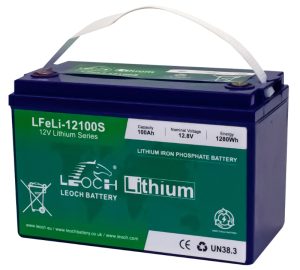
Lithium-Ion – This is the kind of battery that has made the modern portable device market possible; they can sustain their voltage while under much greater load than Lead Acid type batteries. They have a very low internal resistance so charge much quicker and best of all almost all the battery capacity is available for use. Typically they can be discharged down to 10-20% of their capacity.
At present the downside is the initial cost which can be many times that of lead acid, and they have had a bit of a reputation problem for causing fires. (Typical 12V 100Ah battery £600) ££££££.
Lithium-iron phosphate (LiFePO4) – These are the latest technology with a longer storage shelf life but a bit lower capacity for their size than Lithium-Ion, which should not be much of a factor in a large thing like a canal boat. (Typical 12V 100Ah battery £700) £££££££.
Coming Next
In the next in this series, we are going to look at the State of charge calculation, which is very important if you are a Lead Acid Battery user.
